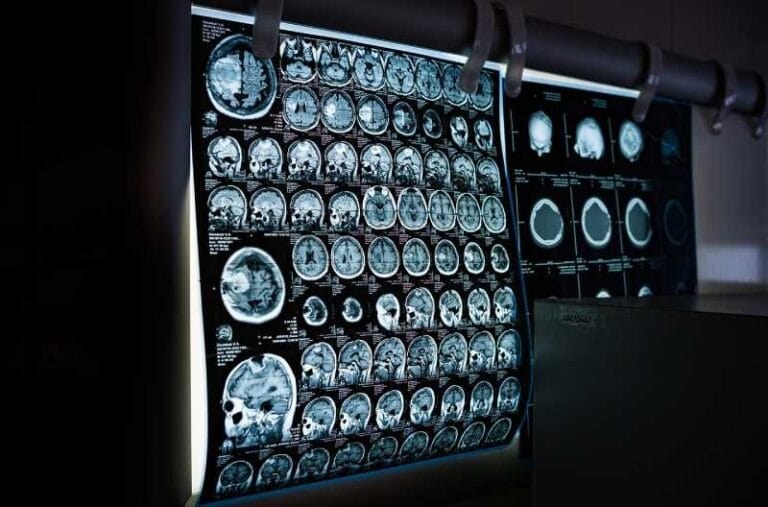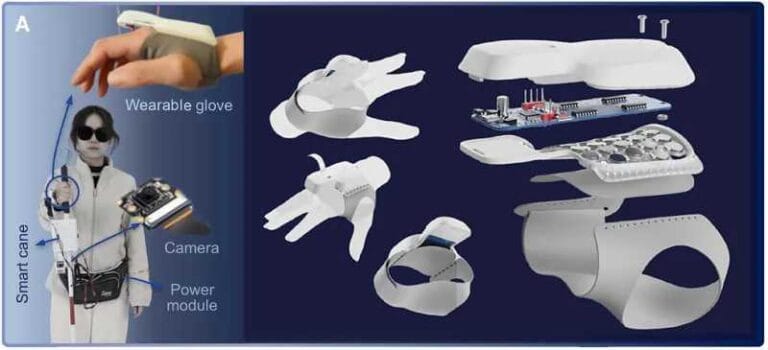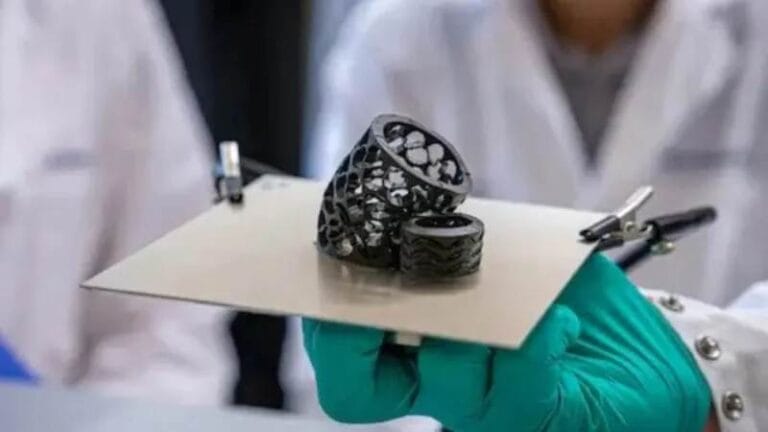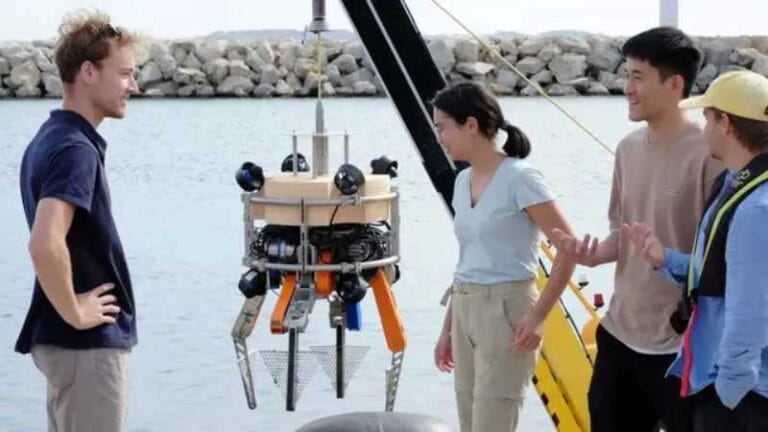Nvidia’s GR00T project to “humanize” robots with AI
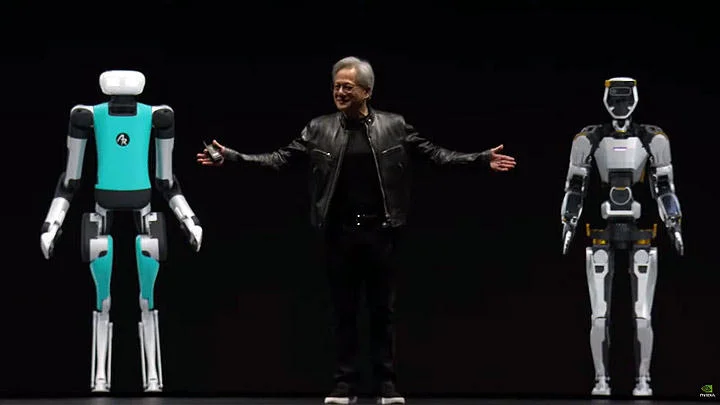
Project GR00T is the latest innovation aimed at improving the ability of humanoid robots to process natural language and replicate human movements through direct observation.
Nvidia, a giant in the processor sector and a name synonymous with advances in artificial intelligence (AI), has experienced exponential growth in recent times. In order to take advantage of this momentum, the company delved into the world of robotics. His newest venture is the launch of Project GR00T , a revolutionary base model for humanoid robots.
A base model, in the context of AI, refers to a system pre-trained with a vast set of data. This system is versatile enough to be applied to a diverse range of activities, ranging from textual composition to the creation of videos and images, opening up a practically unlimited range of possibilities.
According to Nvidia, Project GR00T will help humanoid robots “understand natural language and emulate movements by observing human actions, quickly learning coordination, dexterity and other skills to navigate, adapt and interact with the real world.”
Nvidia has expanded its robotics horizon with the launch of the Isaac Manipulator and Isaac Perceptor , part of its advanced Isaac platform. The Isaac Manipulator comprises a collection of basic models designed specifically to optimize the functionality of robotic arms. On the other hand, the Isaac Perceptor is designed to provide robots with “immersive three-dimensional vision capabilities” using multiple cameras, ideal for manufacturing and order processing tasks.
In an equally impressive move, Nvidia revealed the Jetson Thor computer for humanoid robots. Powered by the powerful Thor chip, which delivers 2,000 teraflops of performance, the Jetson Thor is designed to be the intelligent core of humanoid robots, equipping them with unprecedented computing capabilities.
“Jetson Thor was created as a new computing platform capable of performing complex tasks and interacting safely and naturally with people and machines. It has a modular architecture optimized for performance, power and size,” Nvidia said in a statement .
Advertisement - Continue Reading Below
The company is collaborating with robotics industry giants such as Boston Dynamics, 1X Technologies, Agility Robotics, Apptronik and Figure AI to drive technological advancement.
Recently, Figure AI gained prominence when it released a video that captures a humanoid robot performing household tasks and responding to verbal commands in a similar way to a human being. The robot demonstrated skills such as holding dishes and organizing them on a drying rack.
Although the task may seem trivial, the technological complexity involved in accurately recognizing and manipulating objects is extraordinary, reflecting the significant advancement in the interaction between robots and the everyday environment.

In a strategic move in February, Nvidia joined forces with Microsoft, OpenAI, Jeff Bezos, Parkway Capital, Intel Capital, among other investors, in a Series B funding round for Figure AI, raising the company’s valuation to impressive US$2.6 billion.
The rise of artificial intelligence (AI)-powered humanoid robots brings with it the promise and potential of taking on tasks that are considered dangerous or monotonous for humans, increasing operational efficiency. However, this development also raises concerns about human job security. Far from being a mere futuristic speculation, this reality is rapidly approaching and could come to fruition in a few years.



